European Commission formally announced the measures to protect interests of EU companies investing in Iran as part of the EU’s continued commitment to the Joint Comprehensive Plan of Action (JCPoA), the Iran nuclear deal. The EU acted on four fronts. The proposals got unanimous backing of EU Heads of State of Government at the Sofia meeting.
Firstly, it launched the formal process to activiate the “Blocking Statute”, by updating the list of US sanctions on Iran falling within its scope. It “forbids EU companies from complying with the extraterritorial effects of US sanctions, allows companies to recover damages arising from such sanctions from the person causing them, and nullifies the effect in the EU of any foreign court judgements based on them.”. It’s targeted to be in force before August 6, 2018.
Secondly, it launched the formal process to remove obstacles for the European Investment Bank (EIB) to decide under the EU budget guarantee to finance activities outside the European Union, in Iran.
Thirdly, as confidence building measures, the Commission will continue and strengthen the ongoing sectoral cooperation with, and assistance to, Iran.
Fourthly, EC is encouraging Member States to explore the possibility of one-off bank transfers to the Central Bank of Iran.
Full release here and details of the “Blocking Statute” here.




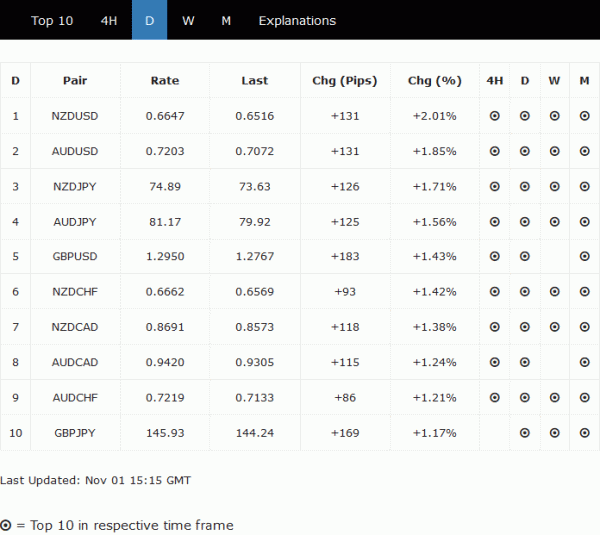
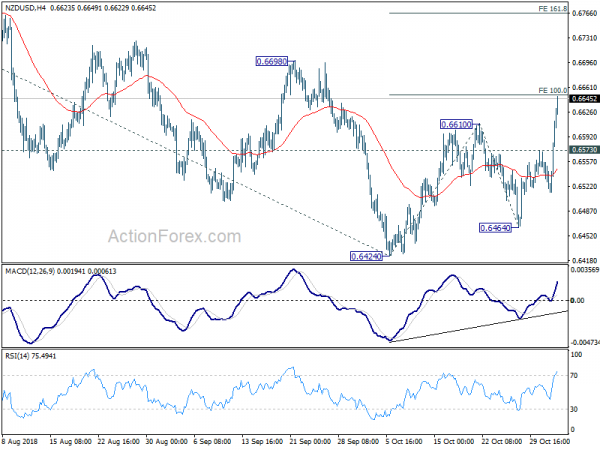
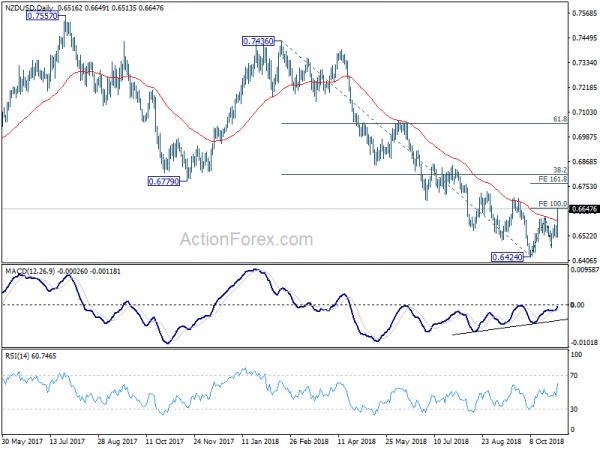
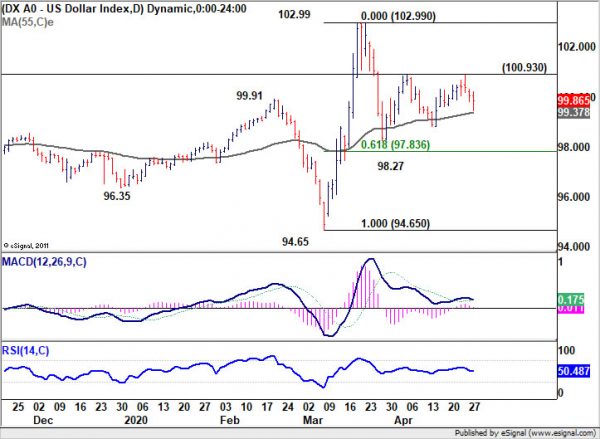
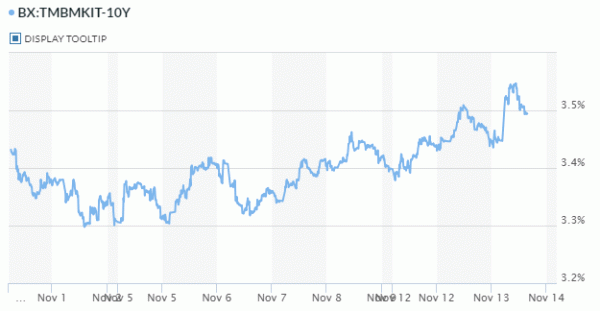
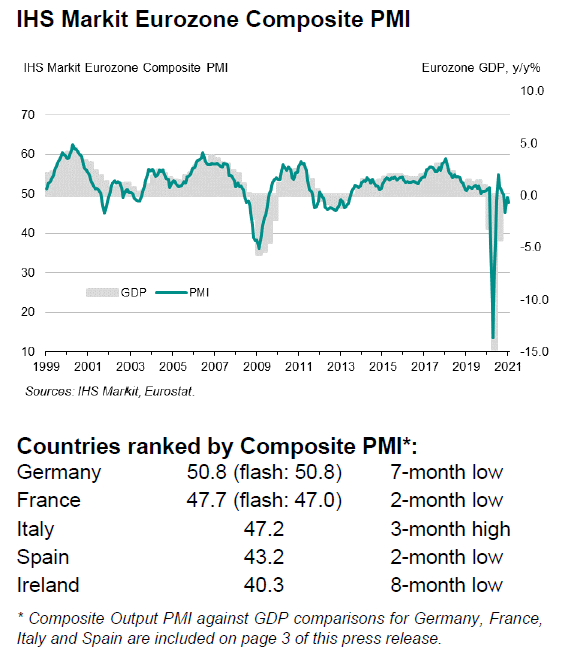
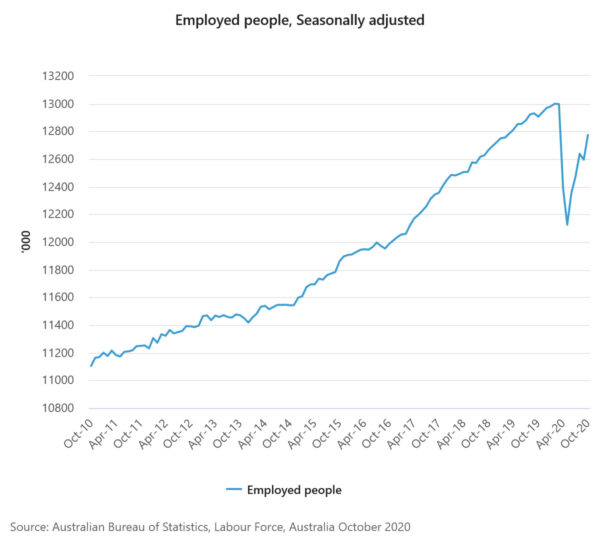
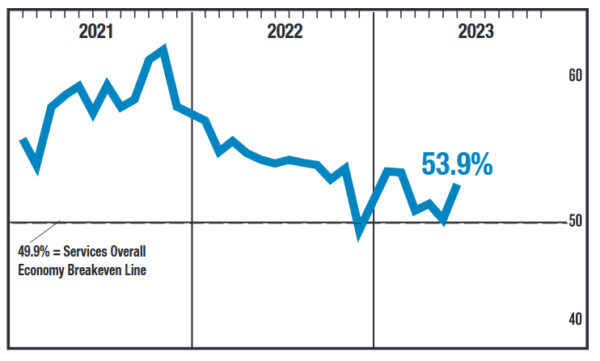
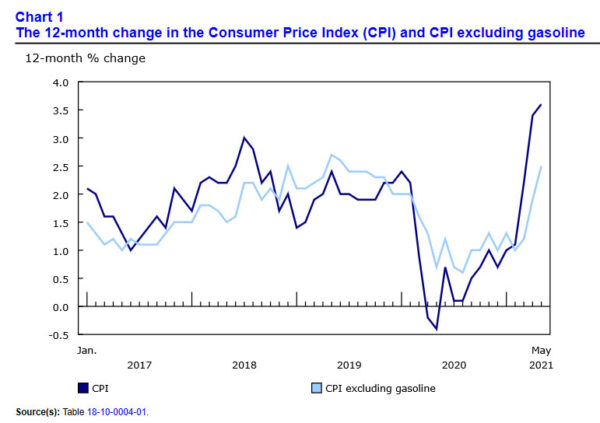
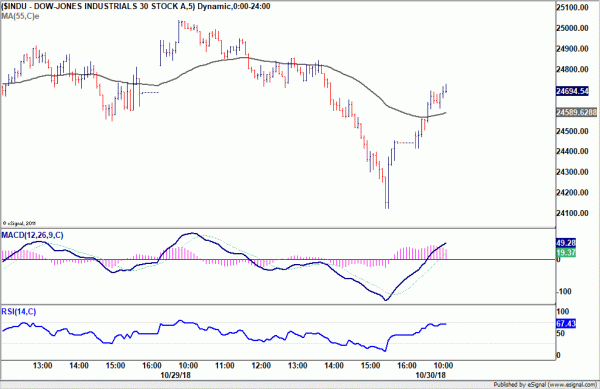

New Zealand’s goods exports rises 16% yoy in Feb, imports up 3.3% yoy
In February, New Zealand’s goods exports leaped by 16% yoy to NZD 5.9B. This surge contrasts with a more modest 3.3% yoy increase in goods imports, totaling NZD 6.1B. Consequently, monthly trade deficit narrowed significantly to NZD -218m, far exceeding market expectations of a shortfall of NZD -825m.
Exports to China, New Zealand’s largest trading partner, increased by 10% yoy, contributing an additional NZD 154m. US saw a remarkable 52% yoy jump in exports, adding NZD 305m, while EU and Australia also recorded increases in New Zealand exports by 7.9% yoy and 5.9% yoy, respectively. However, trade with Japan contracted, with exports declining by -10% yoy.
On the import front, China and South Korea marked significant increases of 7.1% yoy and 42% yoy, respectively, indicating robust demand for goods from these economies. Conversely, imports from US and EU saw downturns, declining by 20% yoy and 7% yoy.
Full New Zealand trade balance release here.